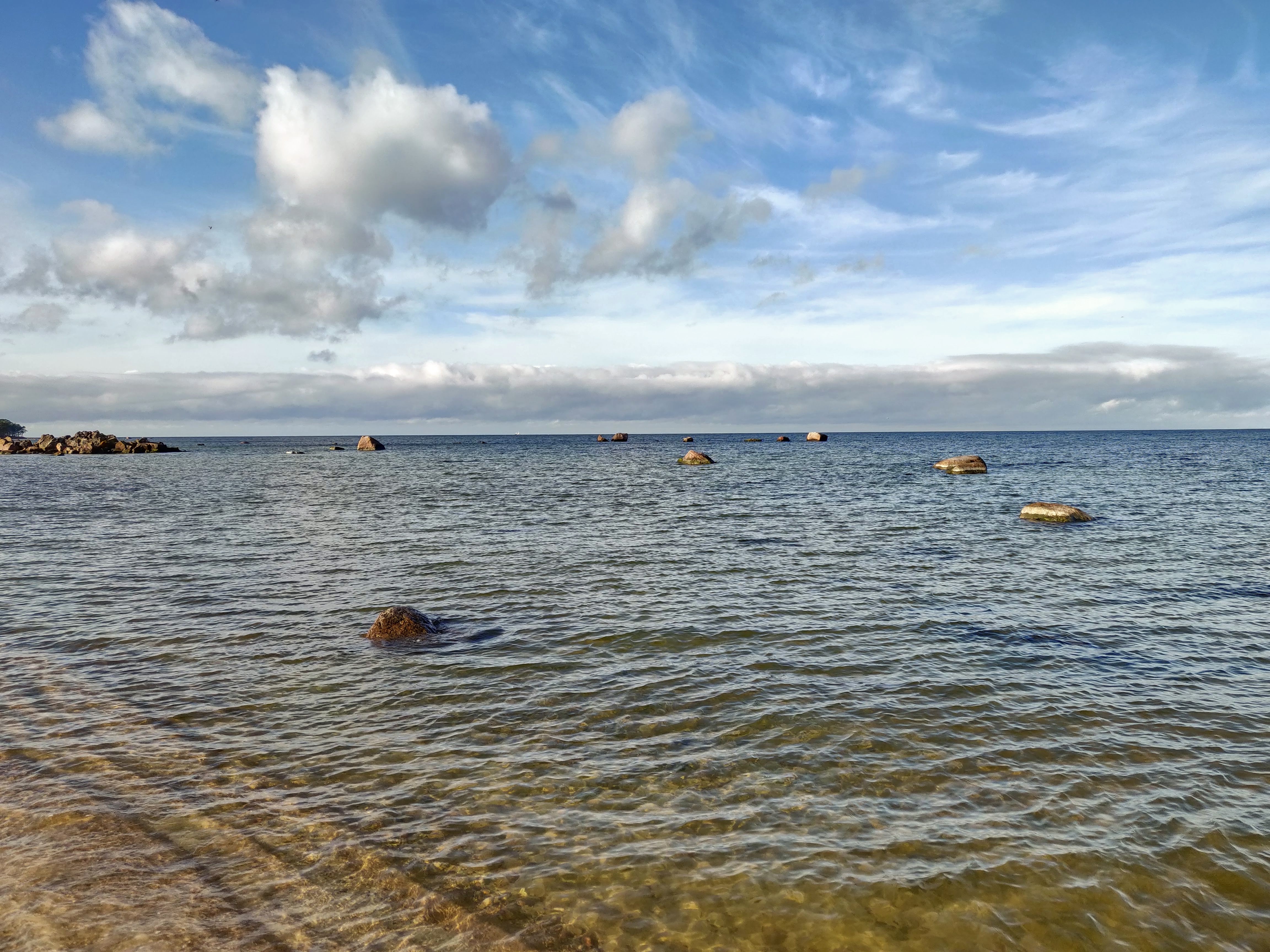Environmental monitoring provides basic data for decisions concerning the environment and the society

How are our eagles doing? Is the air in Tallinn more polluted today than ten years ago? How big are the fish stocks of Lake Peipsi? We get answers to these and many other environmental questions thanks to continuous environmental monitoring.
Environmental monitoring means the planned and continuous monitoring of the state of the environment at monitoring stations or sites established for this purpose (for example, at the finding sites of a protected species). Environmental monitoring includes the collection, processing, and storage of observational data, the analysis of observational results, and the prediction of changes. For example, the status of different species and the condition of habitats are monitored.
The purpose of environmental monitoring is to obtain an overview of the state of the country’s environment and its long-term changes. The data set collected by environmental monitoring is the basis for planning and implementing environmental measures and adjusting needs (for example, changing hunting quotas). Thus, environmental monitoring is the basis for making various decisions that affect society.
The monitoring data on which the decisions are based is collected with the help of a monitoring network that covers a large part of Estonia. The network consists of both permanent and temporary monitoring stations, as well as both permanent and randomly selected monitoring areas. Data is collected at monitoring stations based on the methodology of the respective monitoring work.
As important as collecting monitoring data is consolidating, analysing, and explaining it to decision-makers. The data of the Estonian environmental monitoring is compiled in the environmental monitoring information system KESE, through which everyone can get acquainted with the public monitoring data.
The StoryMap prepared by the Environment Agency provides an overview of state environmental monitoring.
Last modified: 11.01.2022